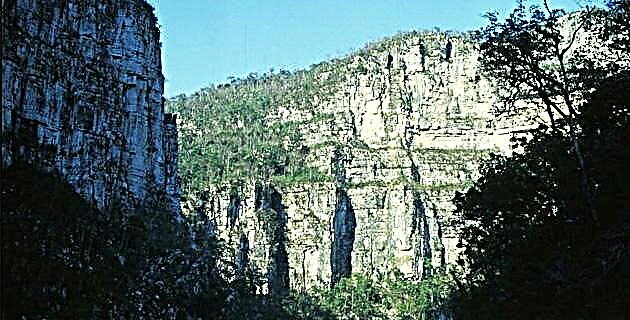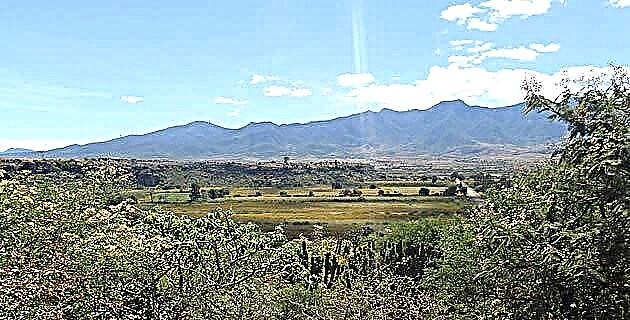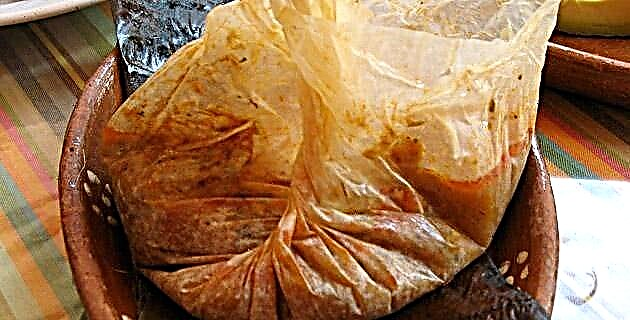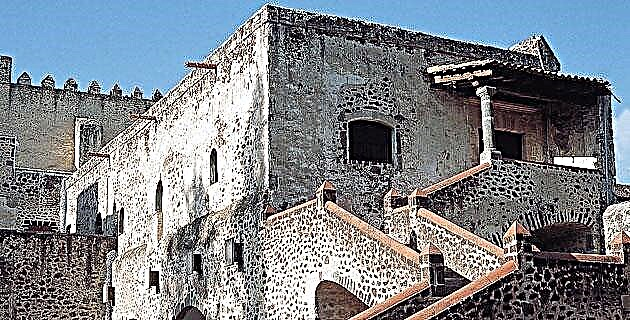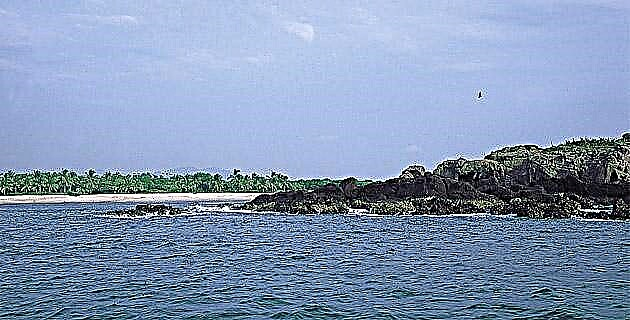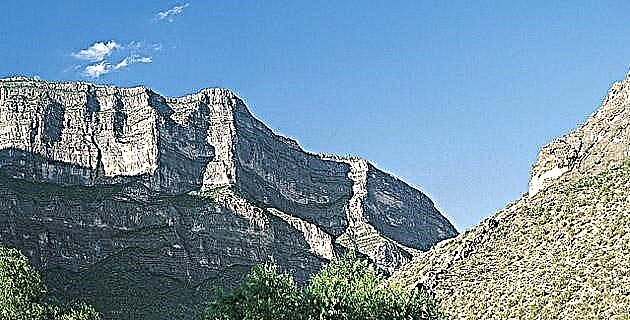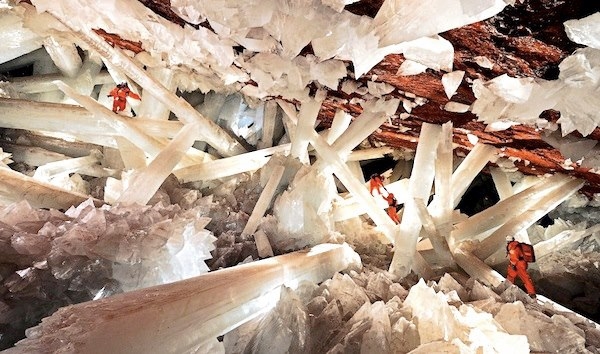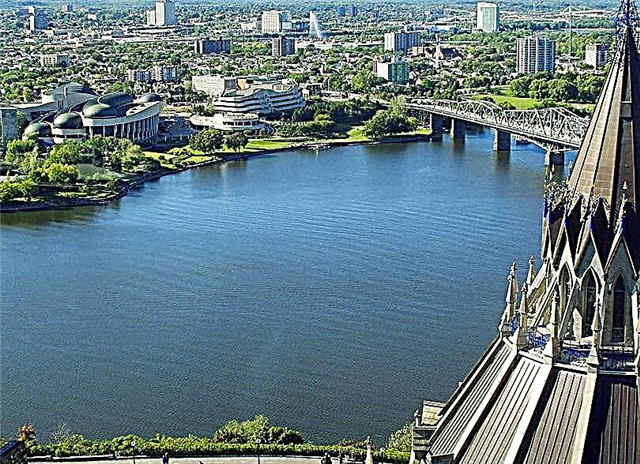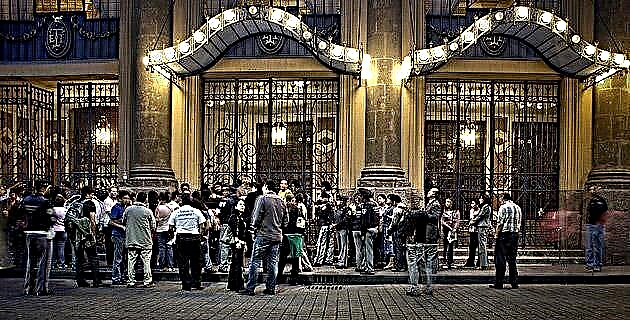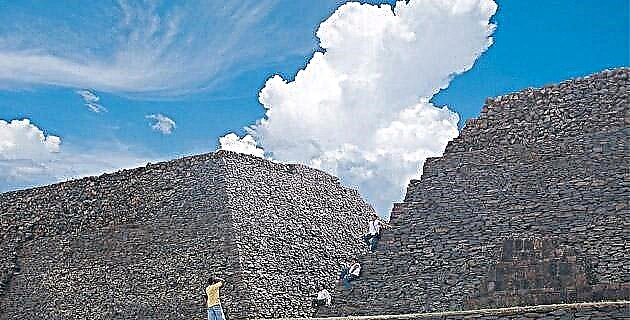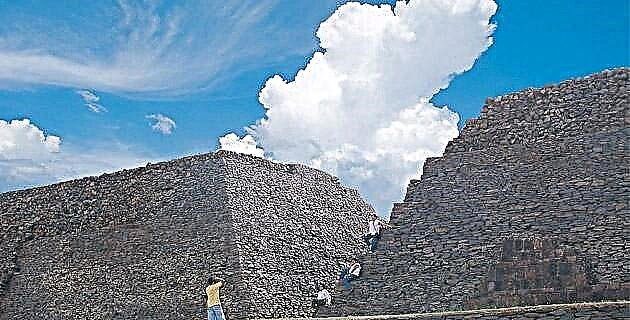
Hiripan, the cazonci or supreme ruler of the city, had agreed with the petamuti, chief priest, that for the great feast of the god Curicaueri. a powerful sculpture will be released.
The great festival of the god Curicaueri was approaching. Hiripan, the cazonci or supreme ruler of the city, had agreed with the Petamuti, the main priest, that for this solemn occasion the sculpture of a powerful individual would be premiered that would serve as an altar to place the offerings of sacrifices dedicated to the god of fire, thus seeking to ensure their patronage and protection, and thus achieve another year of victories and conquests over the enemy peoples.
In Ihuatzio, everything was feverish activity, since the prisoners of war who were to be sacrificed in the supreme offering had been taken there. The Petamuti, accompanied by other priests, hurried to the neighborhood of the stonemasons, the rock carvers, those who gave life to the stone, which they extracted with great care from the mountains, so that it did not present cracks. At the arrival of the petamuti, several blocks were already in the courtyard where the stonemasons worked; Zinzaban, the chief teacher, struck hard with his chisel at the figure whose execution had been ordered several weeks earlier by the priest himself.
With the skill that characterized him, Zinzaban had sculpted the figure of a reclining man, his head turning to his left; her bent legs revealed her powerful sex, a sign of fertility, a vital element that, like fire, made possible the continuity of existence. The figure was holding a plate with both hands, the true altar where the offerings would be deposited at the peak of the festival.
To do their work, the stonemasons had a large number of metal tools, such as axes and hardened copper chisels, some more resistant than others because the goldsmiths had added a certain amount of tin during the casting process, taking a step fundamental technological, because with it they had discovered the usefulness of bronze.
Meanwhile, Zinzaban's assistants were working on other sculptures. One of them supervised the carving of a throne in the shape of a coyote that would be released at the next enthronement of the new cazonci, while one of the priests looked with respect at the sculpture of another coyote, a sacred animal that reminded the people of its fertilizing power.
Source:Passages of History No. 8 Tariácuri and the kingdom of the Purépechas / January 2003

